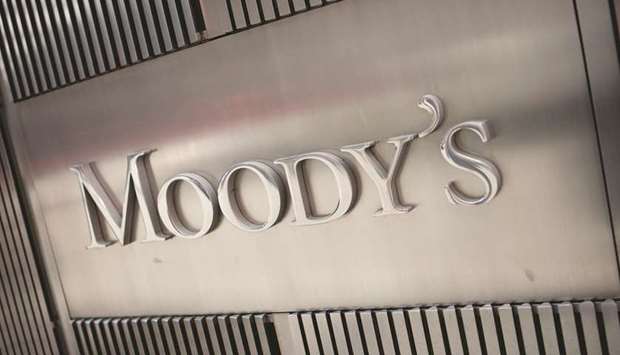Moody’s Investor Service expects only a limited further deterioration in asset quality of the Qatari banks in the second half of the year and a manageable increase in provisioning expected for 2020.
According to Moody’s, Qatari banks’ lending books are heavily skewed toward government or related entities, accounting for 29% of total loans as of June 2020, and these loans will be more resilient.
“Retail exposure is mainly to Qatari nationals where job losses have been negligible, and the real estate market is in a cooling-off period for the past few years and new lending to the sector has therefore been relatively limited. Together these factors will limit the increase in provisioning costs, supporting Qatari banks’ profitability,” Moody’s said.
Driven by the coronavirus outbreak, loan-loss provisioning costs increased in H1 2020, consuming 26% of pre-provision income, up from 17% in H1, 2019.
Moody’s expects provisions to rise further, reflecting problem loan formation as weaker economic activity makes it harder for borrowers to meet their repayments, particularly in the real estate, construction and contracting sectors.
However, the banks’ large exposure to the strongly rated Qatar (Aa3 stable) sovereign will shield overall loan performance to a large extent, Moody’s noted.
The banks preserved their capital buffers in H1, 2020, supported by lower dividend payout ratios and strong earnings. The banks’ aggregate tangible common equity to risk-weighted assets (TCE ratio) stood at 14.7% as of June 2020 compared with 14.6% as of June 2019.
“We expect provisions to rise further, reflecting problem loan formation as weaker economic activity makes it harder for borrowers to meet their repayments, particularly in the real estate, construction and contracting sectors,” said Nitish Bhojnagarwala, vice-president and senior credit officer at Moody’s.
“However, the banks’ large exposure to the strongly rated Qatar sovereign will shield overall loan performance to a large extent,” Bhojnagarwala said.
Business / Business
Manageable increase in Qatari banks’ provisioning expected in 2020, says Moody’s




